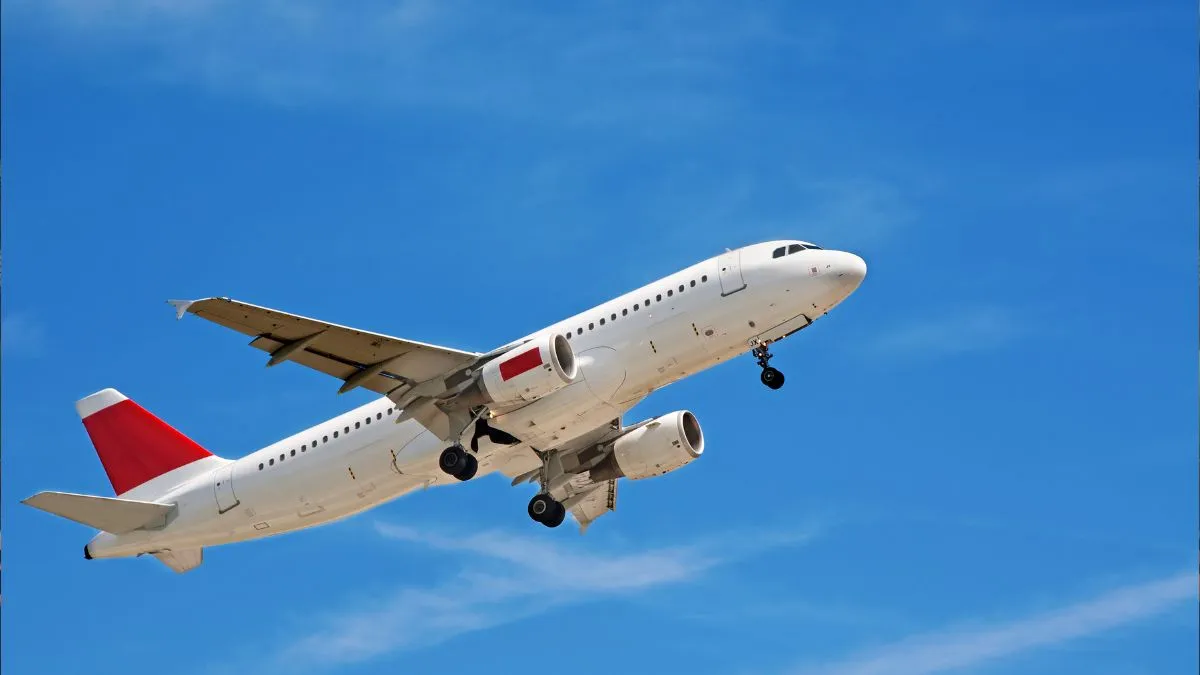The recent surge in bomb threats targeting Indian flights has raised serious concerns about aviation security and the potential for widespread disruption. This alarming trend, which saw at least nine more flights threatened on Thursday alone – bringing the week’s total to approximately thirty – highlights the vulnerability of the system to malicious social media activity. The incidents involved multiple airlines, including Vistara, Air India, and IndiGo, and resulted in emergency landings, diversions, and significant passenger inconvenience. The gravity of the situation demands immediate and comprehensive action to identify the perpetrators, strengthen security protocols, and deter future threats. This necessitates a multifaceted approach that encompasses improved social media monitoring, enhanced security checks, stringent legal consequences, and collaboration among airlines, regulatory bodies, and law enforcement agencies.
The Growing Threat of Social Media Bomb Threats
The Scale of the Problem
The sheer number of bomb threats received this week demonstrates a coordinated or, potentially, an increasingly common tactic employed to disrupt air travel. With at least thirty threats reported, the issue extends far beyond isolated incidents. The varied airlines targeted suggest the perpetrators may be targeting the industry as a whole rather than focusing on specific companies. This wide-ranging approach emphasizes the urgent need for a broad, systemic response to address the problem effectively. The scale of the disruption—causing delays, emergency landings, and diverting resources for investigations—cannot be understated.
The Modus Operandi
A worrying element of this current wave of threats is the consistent use of social media as the method of delivery. This significantly complicates investigations due to the anonymous nature of online platforms and the speed at which misinformation can spread. Identifying the culprits behind the fake accounts and tracking their activities is a critical step in halting these threats. The potential for false threats is magnified with social media because of the ease of posting false information. The ability to reach a large audience swiftly also increases the disruption and fear generated by this type of threat. The challenges involved highlight the need for improved collaborations between social media companies and law enforcement agencies.
The Response of Airlines and Authorities
Immediate Actions Taken
Airlines have responded swiftly to the bomb threats, following established protocols for handling such emergencies. Vistara’s handling of the Frankfurt-Mumbai flight’s emergency landing serves as an example of the quick response and prioritization of passenger safety that has been consistently demonstrated across multiple incidents. Similarly, Air India’s acknowledgment and swift response underscores the airline’s dedication to prioritizing safety. The diversions and emergency landings, though disruptive, prevented potentially disastrous consequences and showed that current protocols are effectively implemented in emergency situations. However, the frequency of these events necessitates a review and possible enhancement of current response mechanisms.
Governmental Involvement and Future Plans
The Indian government, through the Ministry of Civil Aviation (MoCA), has been actively involved in addressing this issue. High-level discussions involving security agencies reflect the seriousness with which these threats are being taken. The proposed implementation of stricter guidelines, including adding culprits to a no-fly list, is a vital step towards deterring future actions. This preventative approach complements reactive measures and establishes a robust deterrent for future attacks. This decisive action from the government signals a firm stance against this disturbing trend and promises significant improvements in air travel security measures going forward.
Investigating and Preventing Future Threats
Technological Solutions and Social Media Collaboration
Addressing the technological aspect is key. The fact that social media was the chosen medium highlights a crucial need to collaborate with social media platforms to improve threat detection and identification of perpetrators. Implementing sophisticated monitoring systems to track suspicious activities on social media and quickly responding to reported threats would enhance security efforts. Collaboration with tech companies to rapidly remove fake accounts and trace threats back to their sources is vital in preventing further threats. Additionally, development and implementation of AI-powered tools which detect threats based on language used in social media posts could revolutionize the proactive identification of these crimes.
Strengthening Legal Frameworks and Deterrents
Besides addressing the immediate threat, longer-term prevention requires strengthening legal consequences. The arrest of a minor involved in issuing threats highlights that all ages can be perpetrators. This underscores the need for a comprehensive legislative approach that deters not only adults, but minors, who may not fully comprehend the seriousness of these acts. Tougher penalties and effective legal mechanisms are paramount in acting as a strong deterrent. These punishments must reflect the severe impact these threats have on aviation security and public safety, regardless of intent. Such measures would ensure future actions are less likely.
Takeaway Points
- The recent surge in social media-based bomb threats against Indian airlines presents a significant challenge to aviation security.
- The scale of the problem necessitates a coordinated and comprehensive response from airlines, authorities, and social media platforms.
- Swift and decisive action is crucial, including improved security protocols, stricter legal penalties, and enhanced technological solutions for threat detection.
- Effective collaboration among stakeholders is essential to prevent future disruptions and ensure the safety of air travelers.
- Strong legal frameworks and severe deterrents are crucial for reducing incidents in the future.




